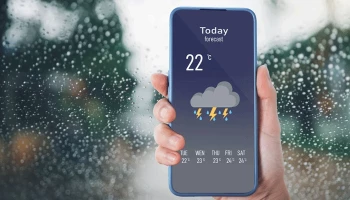
If you have a sweet tooth for smartwatches, you must have been familiar with the buzz that Apple's recently launched Apple Watch Series 10 has generated, and that is well deserved considering the treasure trove of health-measuring features it comes with.
Since the most significant feature among the entire plethora is the detection of sleep apnea, which Apple has also rolled out for the Apple Watch Ultra 2, and the Apple Watch Series 9, we're here to give you a peek into the mechanism behind it, detailing how sleep apnea works on Apple Watch.
Read more: Apple Watch Series 10 lacks THIS amazing feature
While experts from the medical space claim that a blood oxygen sensor is a must-have feature in order to detect sleep apnea, it has come to light that Apple has adopted a different method to do so.
The new Apple Watch metric called Breathing Disturbances utilises an accelerometer to detect nominal movement at the wrist. This movement is said to be caused by disturbed respiratory patterns during sleep.
To conduct the diagnoses, the Apple Watch takes 30-day data for the analysis and then alerts users if there are any signs of moderate to severe sleep apnea.
The results are displayed as Elevated or Not Elevated under the Breathing Disturbances section of the Health app, which the wearer can also share with a doctor to get insights into the problem and treatment.















